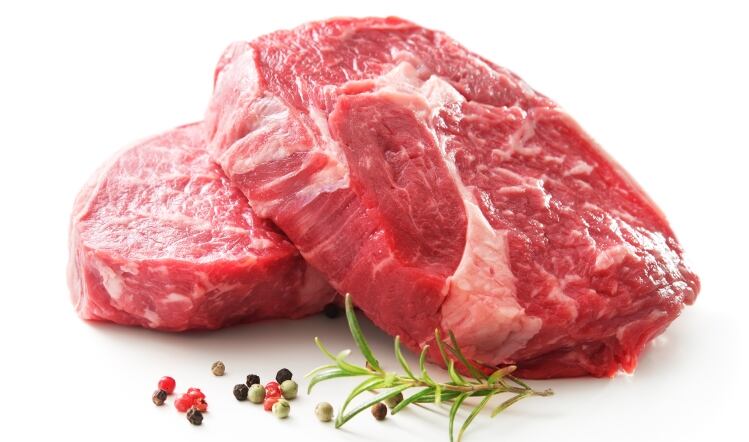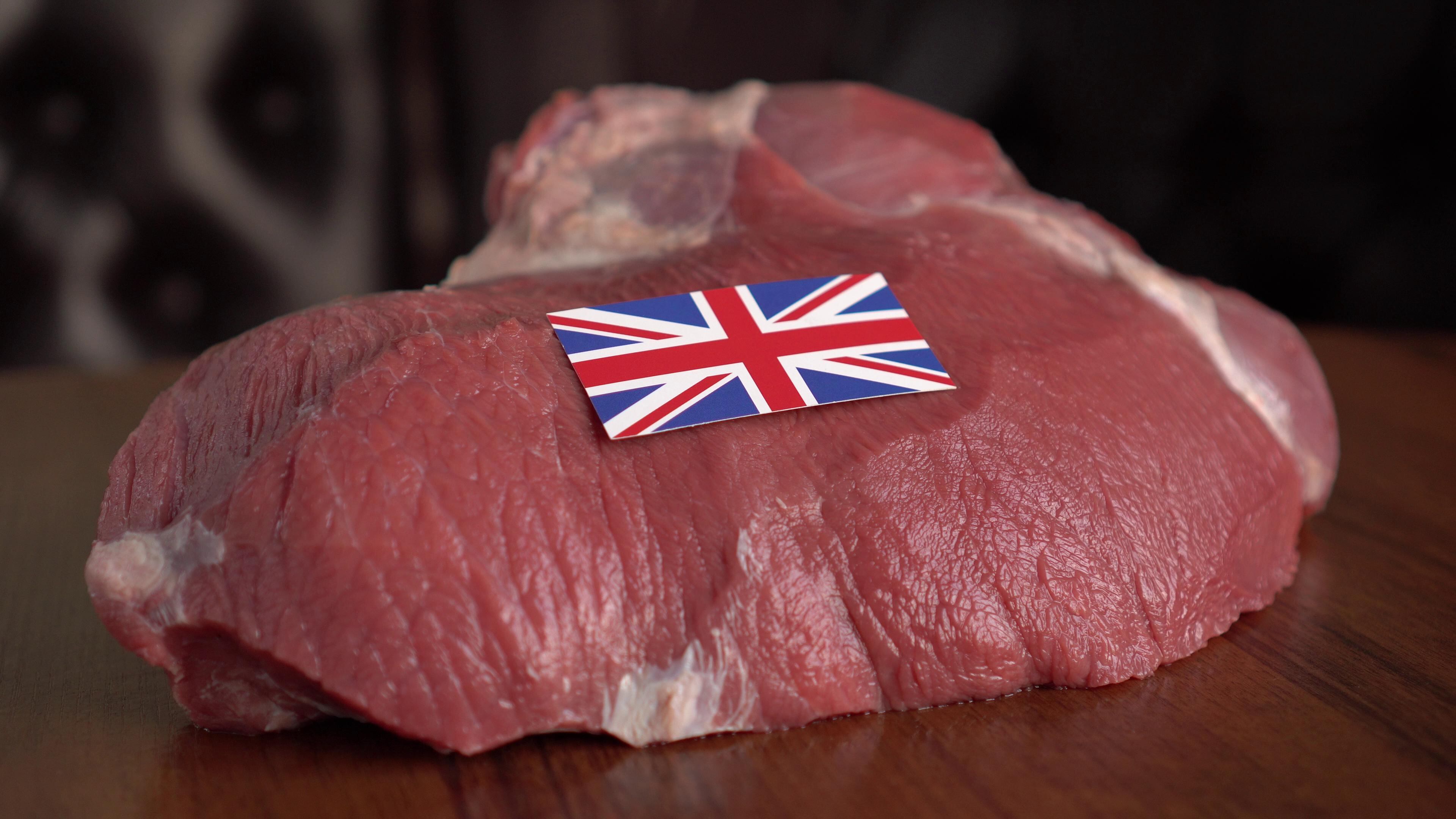What’s more, the pandemic isn’t the only opponent for which meat has proved more than a match. The seemingly unstoppable momentum of the plant-based movement appears to have failed in significantly denting the popularity of beef, lamb, pork and poultry products.
This is not to say a status quo has prevailed in the meat market during these turbulent times. As we will see, changing habits and emerging trends mean the recipe for success has changed, but meat is still very much the star ingredient.
First, it has to be said that the COVID-19 restrictions over the last year have had a serious effect on the foodservice market.
The eating-out market has obviously been the massive loser here, while takeaway trade has generally seen growth – albeit not nearly enough to compensate the losses in the former.
The first lockdown in March 2020 even saw big takeaway chains closing temporarily too, and according to the Agriculture and Horticulture Development Board (AHDB), this meant that “any gains for takeaways were relatively slow to materialise”.
The AHDB points out one exception, however: lamb. This, says the organisation, is due to lamb kebabs tending to be purchased from independent operators, whereas other meats are more “reliant on a handful of big brands for volumes”.
With the latest restrictions, however, AHDB strikes a more optimistic tone, pointing out that more operators are now offering takeaways and have had time understand how to offer collections and deliveries in pandemic-secure manner – something that was a “huge challenge” before.
The organisation reports that takeaway volumes have remained elevated over the past few months and consumer confidence should be higher. This, it says, will mitigate some losses but volumes will be small in comparison to eating out.
What has helped to compensate those out-of-home losses, though, is the growth in retail.
Home win
According to the AHDB, total retail volume sales of meat, fish and poultry grew by 8% in the 52 weeks to 27 December 2020. Emerging as the winner in the battle of the proteins, however, is beef – growing at a rate of 11%, compared with poultry and pig meat (both at 8%) and lamb at 4%.
The story of beef’s exponential rise is directly related to the flexibility that has enabled meat to prosper in the face of COVID-19. While the various lockdowns prevented consumers from enjoying the experience of dining out, they refused to be denied the pleasure of their favourite meals.
“The strong growth for beef is driven by all cuts but particularly steaks as consumers try to replicate the restaurant experience in-home,” says Kim Malley, senior retail insight manager for AHDB’s market intelligence division.
This pandemic-driven home-cooking trend also benefited the cheapest cuts. According to Malley, mince sales were boosted by consumers having more time to prepare dishes such as spaghetti bolognese and chilli.
“And burgers were boosted by the hot weather and the fact people were stuck at home!” she adds.
It’s those prime cuts that are obviously most valuable to the meat industry though. Kantar data shows British retailers sold 14.6% more beef by volume in the first ten months of 2020 than the previous year, with sales of premium cuts such as steaks up by 18.5%.
The same research shows that 53.1% of beef bought by British retail consumers in 2019 was in the form of mince. Interestingly, this figure rose to 58% in March 2020, when the introduction of COVID-19 restrictions sparked widespread panic buying, before falling back to 51.9% by November.
Although the fall in mince sales and the rise of premium cuts can be explained by consumers recreating the feeling of dining out, this trend wasn’t simply a lucky break for the industry. It was partly the result of targeted marketing campaigns by organisations such as Hybu Cig Cymru – Meat Promotion Wales (HCC), encouraging shoppers to be more adventurous with their beef choices.
Such efforts were designed to mitigate the loss of sales from the foodservice and hospitality markets, with lockdown and restrictions biting hard.
HCC data analyst Glesni Phillips says it was reassuring to see beef performing so well in retail, especially as it’s ‘an important driver of the current strong prices that farmers are receiving’.
Phillips also believes the statistics on mince are noteworthy. “Selling over half the total volume of beef at relatively low prices as mince has impacted the profitability of the sector during recent years. The challenge now will be retaining the new customers who have been more adventurous in their home cooking in recent months.”
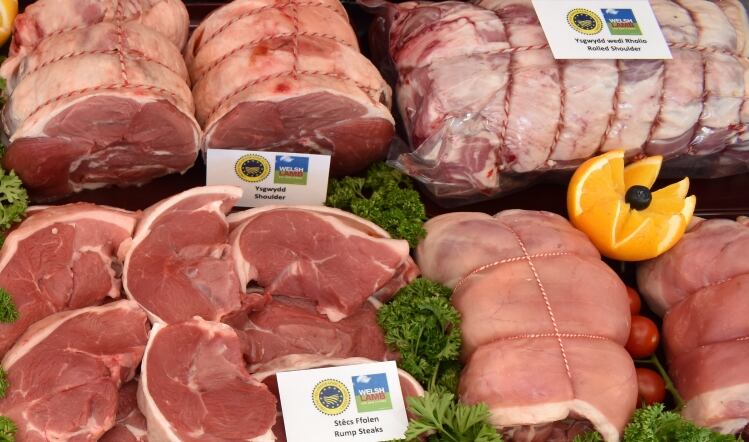
Lamb jump
Statistics also point to a growth in the love for lamb in the consumer market. Although ‘significantly impacted by the loss of Easter celebrations in 2020’, according to AHDB’s Malley, lamb appeared to recover in time for Christmas to find favour with festive shoppers. Kantar figures for the four-week period to 27 December 2020 showed sales of £68m, up 14% on both 2018 and 2019, with a 14.6% increase in the number of people buying lamb.
Sales of smaller cuts, possibly prompted by the downsizing of gatherings, led the surge. Spending on lamb chops in December was up over 37% on 2019, with strong demand also for steaks as well as leg roasting joints.
In fact, lamb’s poor showing over Easter proved to be somewhat of a blip, with overall sales for 2020 proving very healthy. According to Kantar, total spending on lamb for the year was £652m, up 10.8% on the previous 12 months.
Sales were particularly strong at traditional high street butchers: independent retailers accounted for 12.1% of total lamb purchases in 2020, compared with 9.9% in 2019, with spending up 35.3% on the year to reach £79m.
The statistics also reveal that younger shoppers, families with children and larger households all accounted for a higher proportion of lamb purchases than in previous years.
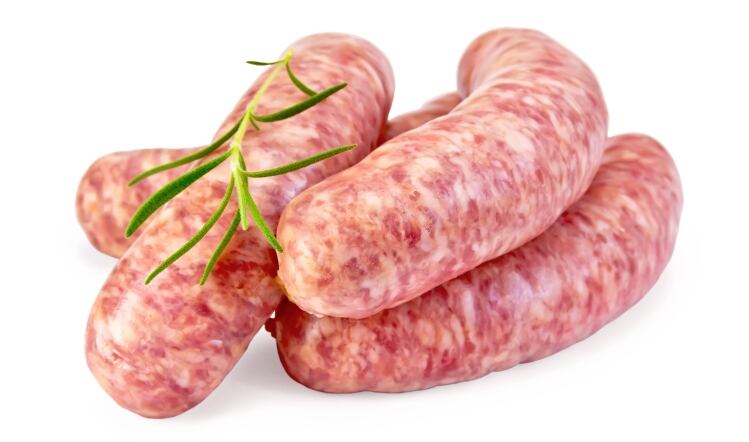
Pork pick-up
Lamb wasn't the only meat enjoying a festive surge in the four-week run-up to a pandemic-hit Christmas. Kantar reports that fresh pork saw a rise in growth of 17.5% compared with the previous year. Frying and grilling cuts contributed strongly, along with roasting cuts, which grew at 19.3%.
Again, this was likely a result of shoppers seeking out smaller cuts for pared down gatherings. This is borne out by the stats showing fresh turkey only grew 3.8% compared to the fresh meat and poultry average of 13.3%.
However, COVID-19 contributed to other habits for which pork was the beneficiary. AHDB’s Malley explains: “For pig meat the biggest growth is coming through sausages and bacon and as consumers have more time at home, we have seen a rise in hot breakfast and lunch occasions, plus more comfort meals – typical in a recession – like bangers and mash.”
Food producer Cranswick saw like-for-like fresh pork revenue increase by 6.9% for 2020, which it said reflected strong retail and export demand, partially offset by lower wholesale volumes. The company says product innovation now centres on the scratch cooking and health and wellbeing trends.
Continental touch
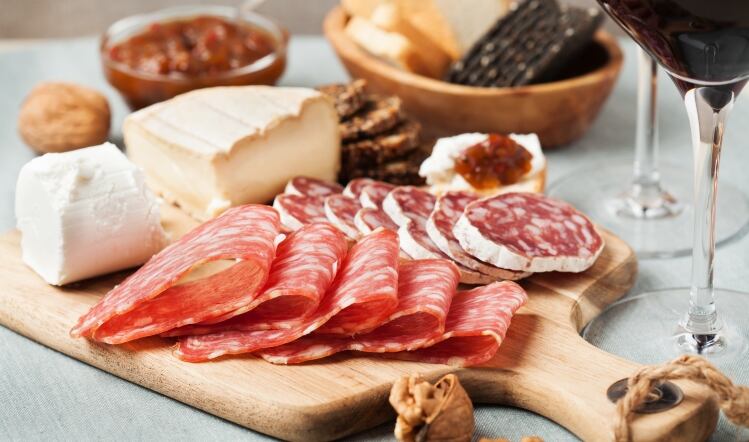
Pork has played a starring role in a burgeoning meat trend: charcuterie, but it hasn’t been the only actor on that stage.
Henrietta Green, founder of online hub British Charcuterie Live, says: “Although pork predominates, we have some sensational charcuterie made with game, lamb, beef and poultry.”
Green says the sector is now really coming into its own in the UK. “With the rise and rise of British-based makers of continental-style charcuterie, quality is emerging,” she explains. “There are now well over 300 producers who are making British charcuterie, most of which is of a really good standard.”
However, Green admits there are negative perceptions to overcome. “It’s similar to where British cheeses were 25 years ago, dismissed as poor imitations of their continental cousins, but that is very far from the case.”
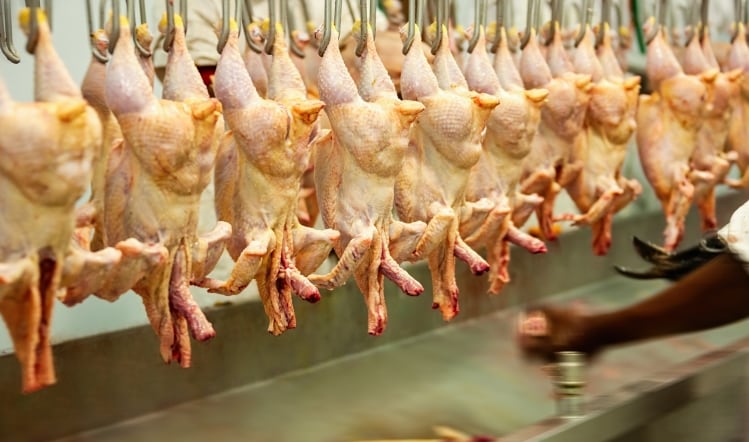
Bird is the word
Poultry has enjoyed year-on-year growth for some time now and the last 12 months have been no different.
"The difference in 2020 was the magnitude of the growth, as lockdown pushed foodservice spend into grocery and inflated growth across many categories," observes Jason Winstanley, head of research and insight at Moy Park.
Fresh primary chicken was the main beneficiary in the sector, beating the market as a whole by posting value growth of 13% and volume slightly ahead of that at 15%.
The fridge and freezer stand-by products of fresh and frozen coated chicken also saw similar levels of growth, says Winstanley. "With more children at home for more of the time, households opted for quick and easy meal solutions."
Not all poultry categories saw growth, though. The rotisserie category experienced ‘severe decline’, according to Winstanley, as many counters were closed for at least part of the year or, in the case of some retailers, shut down permanently.
Ready-to-eat chicken also saw a temporary decline in sales, as lunchtime habits changed. However, the 'new normal' of pandemic life and the work-from-home culture has not deterred the rise of the meat snack; in fact, it might have helped its strong performance.
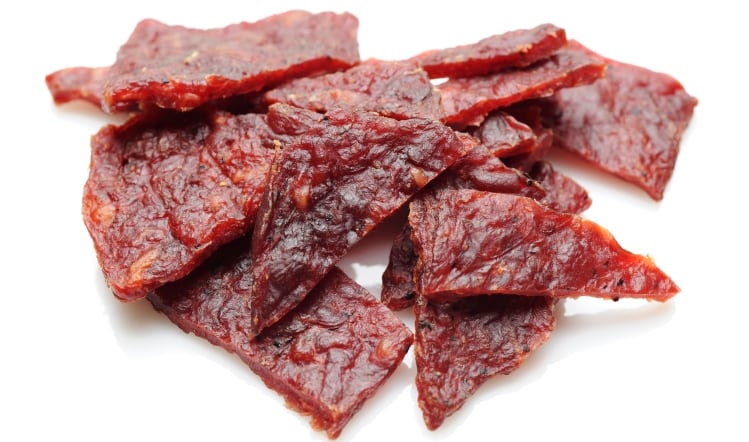
Unstoppable snacking
"Meat snacking is also an interesting category which looks set to maintain and develop growth," says Winstanley.
"A significant minority of consumers are looking to actively increase the protein content in their diet but the nature of snacking has also changed over the last year, with the focus moving away from food on-the-go snacking to snacking within the home."
Laura Trivulzio, marketing director for Peperami and Jack Link’s also reports that better-for-you meat snacks are receiving heightened consumer interest.
“In fact, the meat snack category has been one of the key snacking sub-categories to drive growth, up 15% in value sales compared with the previous year,” she says.
“With consumers and shoppers turning to meat snacks as a permissible alternative to sugary counterparts, the spike in popularity has been driven by both younger and older audiences over the past year.”
A quarter of all UK households already purchasing a meat snack. With that in mind, Trivulzio adds, there are opportunities in 2021 to expand the meat snacking category as consumers and shoppers look to more permissible snacks to fuel them through the day. Demand for protein can help drive up purchases.
Fragmented meal patterns are also contributing to the growth in meat snacks, says Winstanley. He believes the trend looks set to continue throughout periods of lockdown and holds the view that patterns of behaviour established during COVID-19 restrictions may well become permanent.
Regardless of progress made with vaccinations, COVID-19 looks set to be the overriding driver of consumer behavior in 2021. That said, if the past year is anything to go by, the popularity of meat shows no signs of abating.

